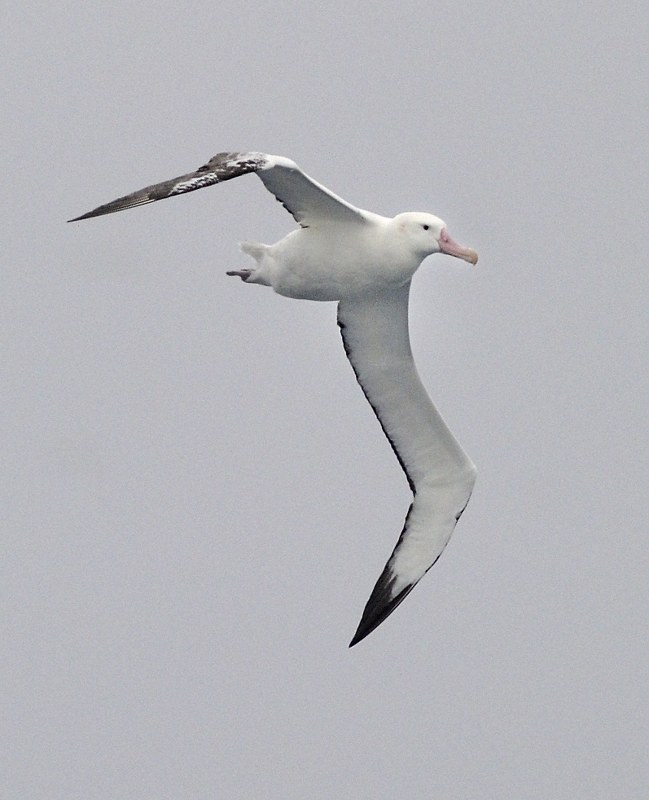 Wandering Albatrosses such as the one pictured, are known to forage in Antarctic waters; photograph by Kirk Zufelt
Wandering Albatrosses such as the one pictured, are known to forage in Antarctic waters; photograph by Kirk Zufelt
Today is Antarctica Day, a commemorative day underscoring the significance of the Antarctic Treaty as one of the most successful international agreements in history. The Treaty, which designates Antarctica as a scientific preserve devoted exclusively to peaceful purposes, has been instrumental in fostering an environment that has led to numerous breakthroughs in our understanding of Earth and its ecosystems. There are now 56 Parties to the Treaty which includes all 13 Parties to The Albatross and Petrel Agreement.
Over the past six decades, the Antarctic Treaty has emerged as a symbol of unity and shared commitment to the peaceful exploration of the southernmost continent. By promoting international scientific collaboration, the Treaty has paved the way for an abundance of research initiatives that have contributed to our collective knowledge of climate change, biodiversity, and glaciology.
The ongoing dedication to the Treaty's core pillars will be essential in safeguarding Antarctica's unique environment and ensuring that it continues to be a beacon of international cooperation for generations to come.
01 December 2023

 Español
Español  English
English  Français
Français